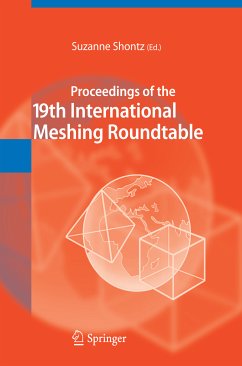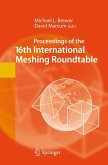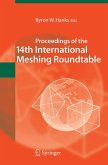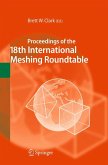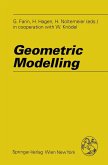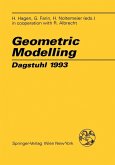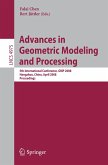This volume contains the articles presented at the 19th International Meshing Roundtable (IMR) organized, in part, by Sandia National Laboratories and held October 3-6, 2010 in Chattanooga, Tennessee, USA. The first IMR was held in 1992, and the conference has been held annually since. Each year the IMR brings together researchers, developers, and application experts, from a variety of disciplines, to present and discuss ideas on mesh generation and related topics. The topics covered by the IMR have applications in numerical analysis, computational geometry, computer graphics, as well as other areas, and the presentations describe novel work ranging from theory to application.
Dieser Download kann aus rechtlichen Gründen nur mit Rechnungsadresse in A, B, BG, CY, CZ, D, DK, EW, E, FIN, F, GR, HR, H, IRL, I, LT, L, LR, M, NL, PL, P, R, S, SLO, SK ausgeliefert werden.

